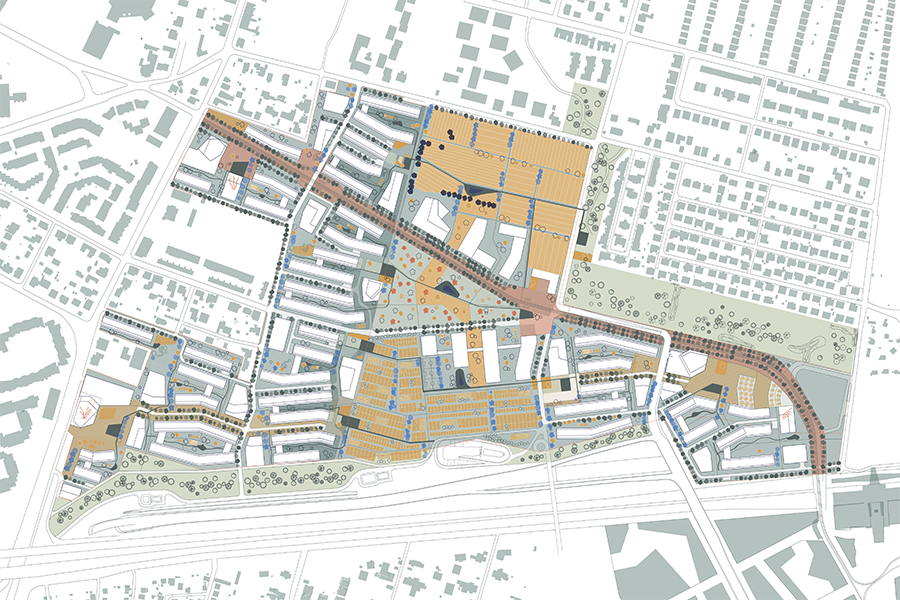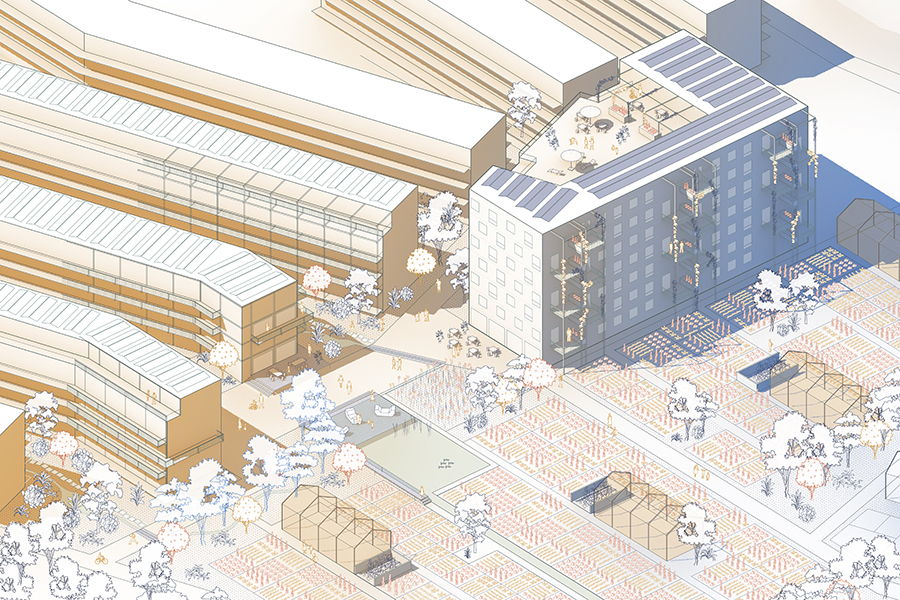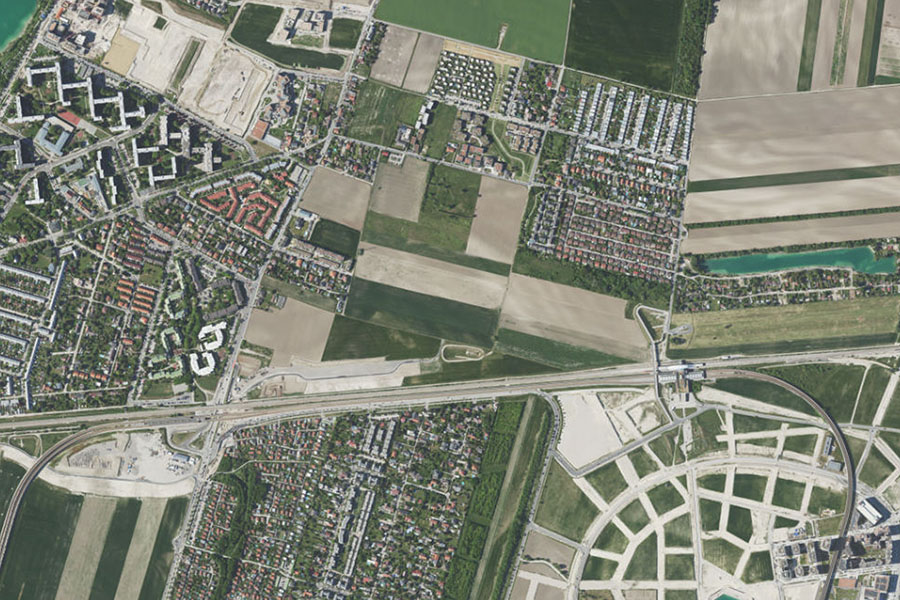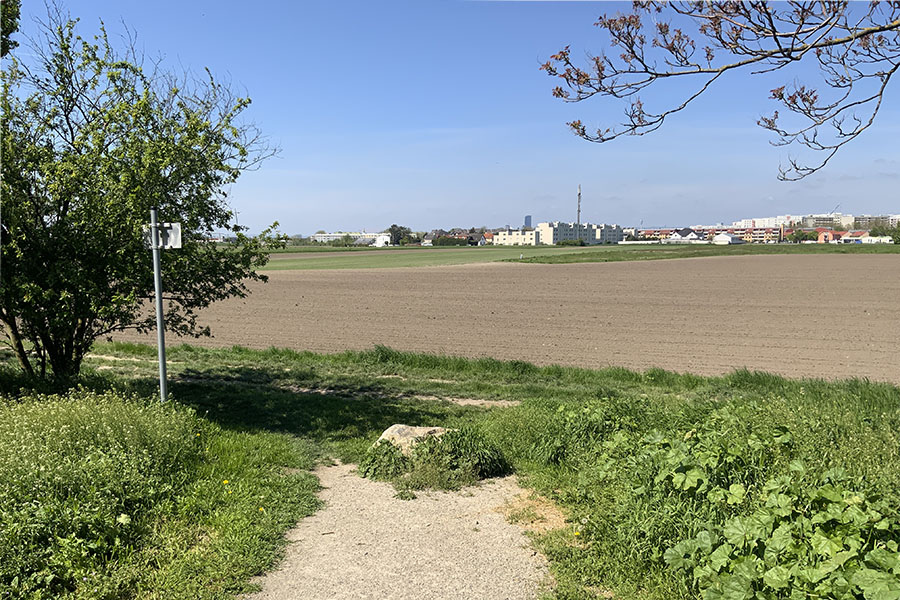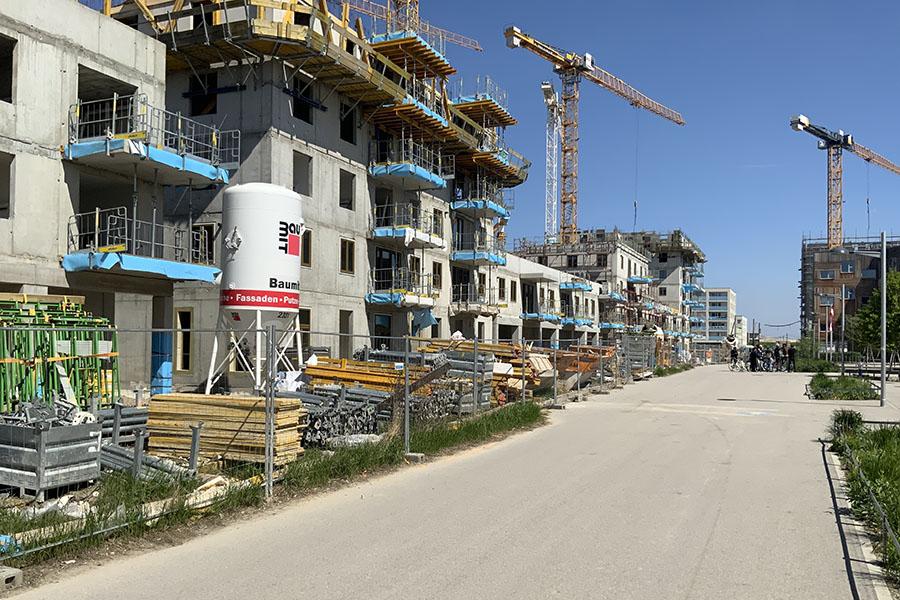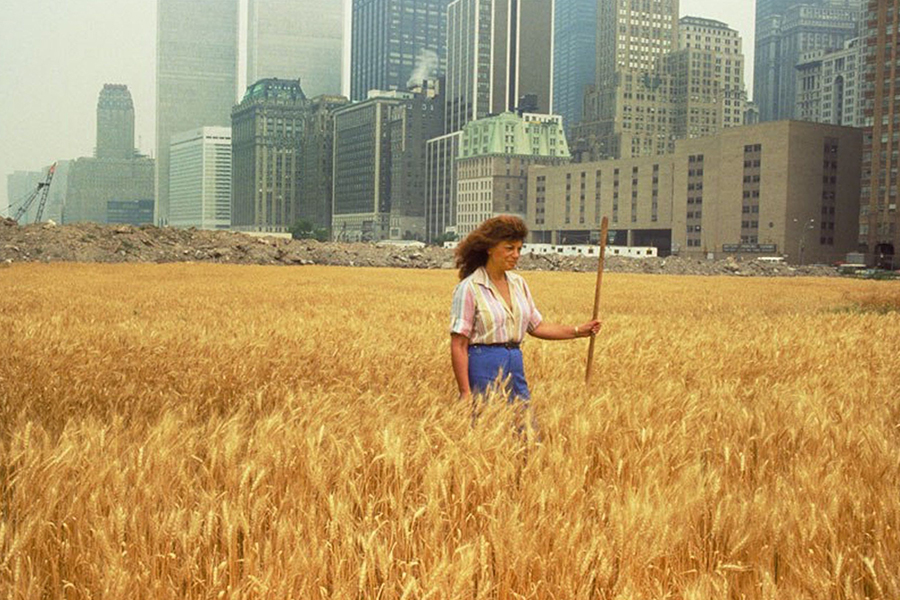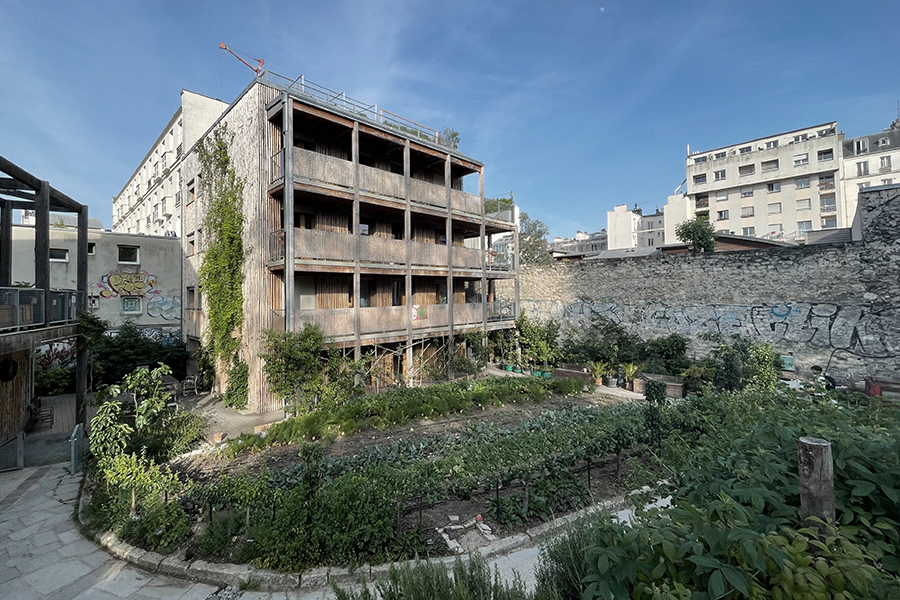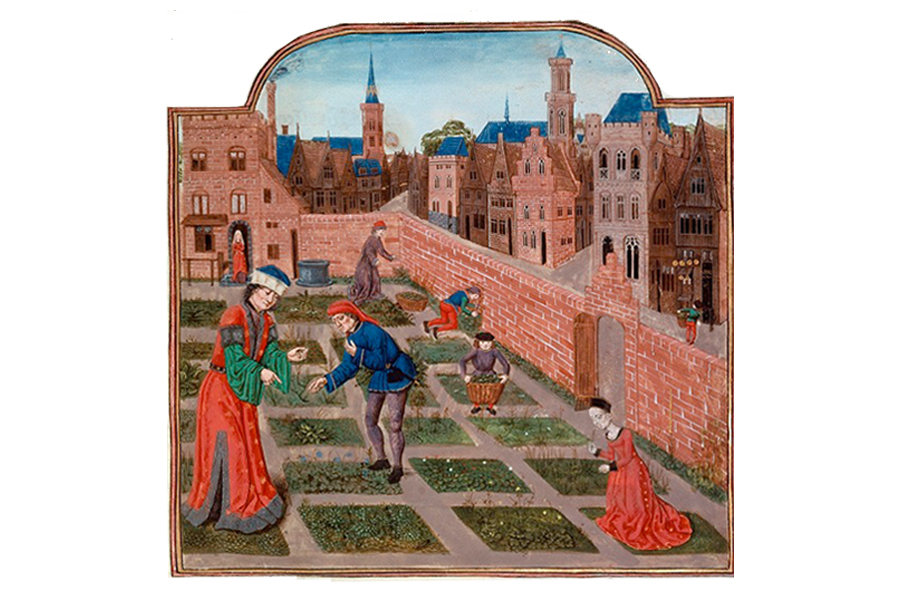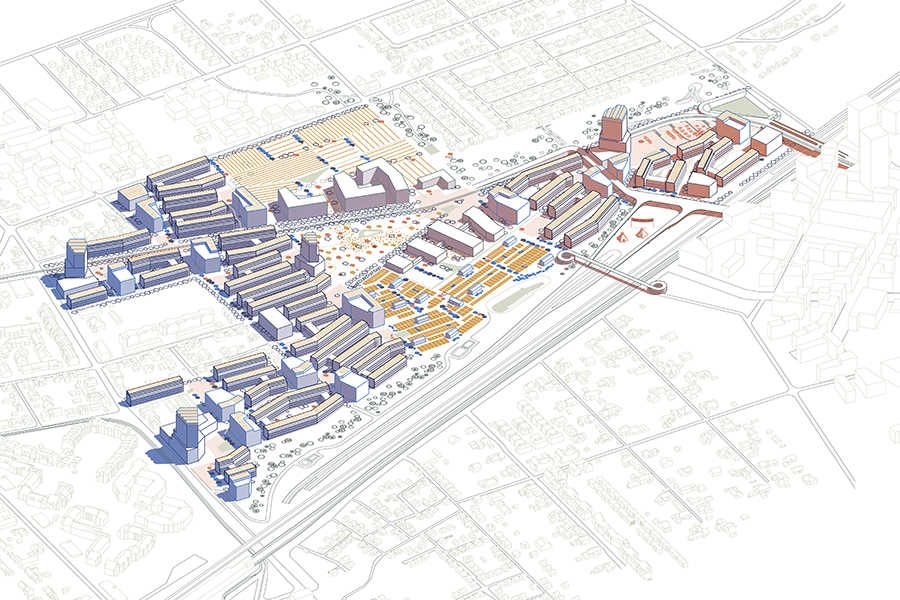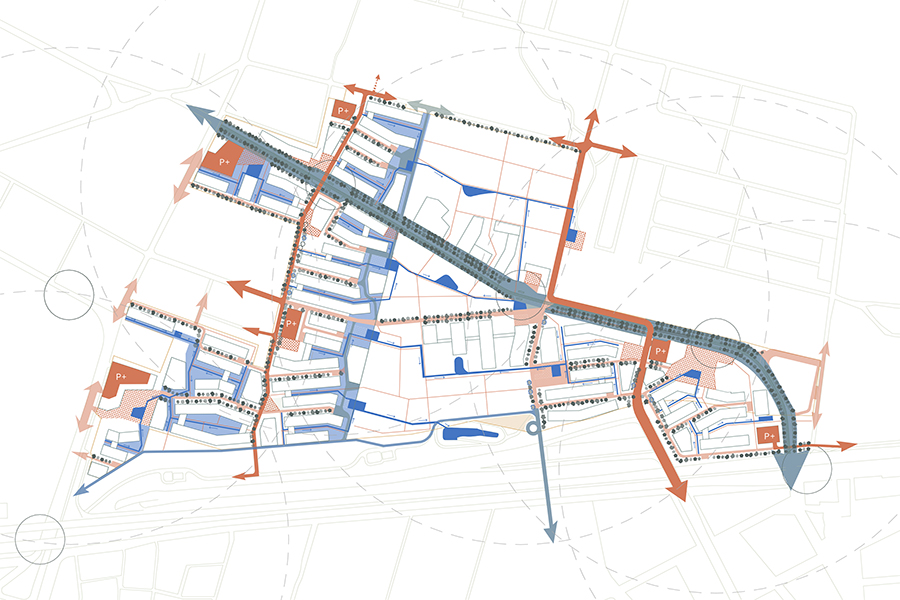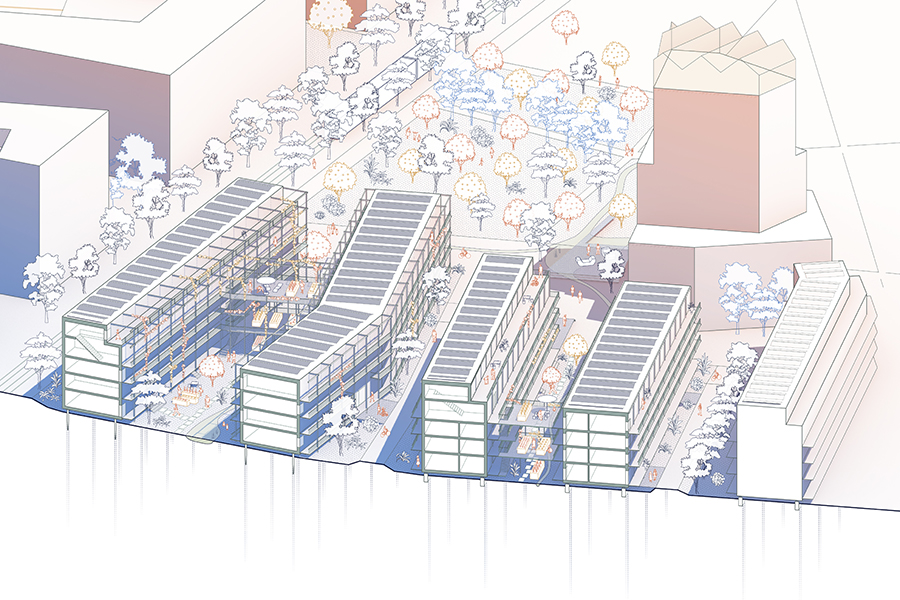Feldstadt am Heidjöchl
Wien (AT) - Mention Spéciale

DONNÉES DE L’ÉQUIPE
Associés: Elisabeth Ableidinger (AT), Klara Jörg (AT), Julian Raffetseder (AT) – architectes urbanistes
klara@jorg.at
elisa.ableidinger@gmail.com
www.futureproblems.eu
TEAM PORTRAIT
VIDEO (by the team)
INTERVIEW
Click on the images to enlarge
1. How do you define the main issue of your project in relation with the theme “Living Cities Imagining architecture taking care of the milieus”? And in which way do you think your project can contribute to an ecological and/or social evolution?
The urban growth of Vienna sparked societal protest concerning the loss of farmland and the construction of a new highway in direct adjacency to the site. This shows that the city’s housing strategy needs yet to address the demands posed by the climate crisis: How can principles of climate protection through soil management, bio-based construction and climate adaptation be inscribed into a masterplan where inhabitants actively engage with the challenges of today?
2. How did the issues of your design and the questions raised by the site mutation meet?
Feldstadt Heidjöchl proposes a new model for housing in Vienna by introducing urban agriculture, bio-based construction, and climate adaptation to a city with a unique housing tradition. The project advocates for the recultivation of soil, minimum surface sealing, and the limitation of building heights for feasible bio-based construction. Climate considerations inform the height and orientation of buildings to allow strategic sun, shade, and wind provision.
PROJECT:
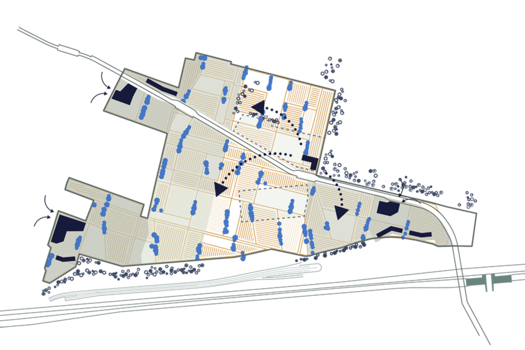


We investigated how various treatments of unsealed soil can provide habitats for people, flora and fauna in our shortlisted proposal for Klagenfurt Europan 16. This time we developed this approach further by challenging it with the necessities for agriculture in an urban environment. The study of historic and recent references of urban agriculture and timber construction was an important basis for anchoring the necessary parameters in the masterplan.
SITE:



Parcelled into smaller entities, the project proposes a transformation of the large fields into bio-intensive and self-harvest agriculture, revitalizing the ground and introducing the wider neighbourhood to the site before any development takes place. The building process is then phased in seven self-sufficient districts. In this way, the urban development remains flexible to the actual housing demand of the city and leaves a chance for less soil to be built upon.
REFERENCES:



Our common interests brought us together during our studies and our professional lives in Vienna. The individual expertise in urban living models, bio-based building construction, and urban climate adaptation was a perfect fit for this year’s Europan competition.
6. How could this prize help you in your professional career?
The competition brief was a good testing ground to develop innovative urban ideas in the climate crisis. We will stick to this mission and hope to find ambitious partners for implementation in the future.
TEAM IDENTITY
Legal status:
Team name:
Average age of the associates: 31 years old
Has your team, together or separately, already conceived or implemented some projects and/or won any competition? if so, which ones?
E16 Klagenfurt: shortlisted
Superscape 2022: shortlisted
BSA FAS Ticino “Resilience” 2023: 1st Prize
WORKS:




